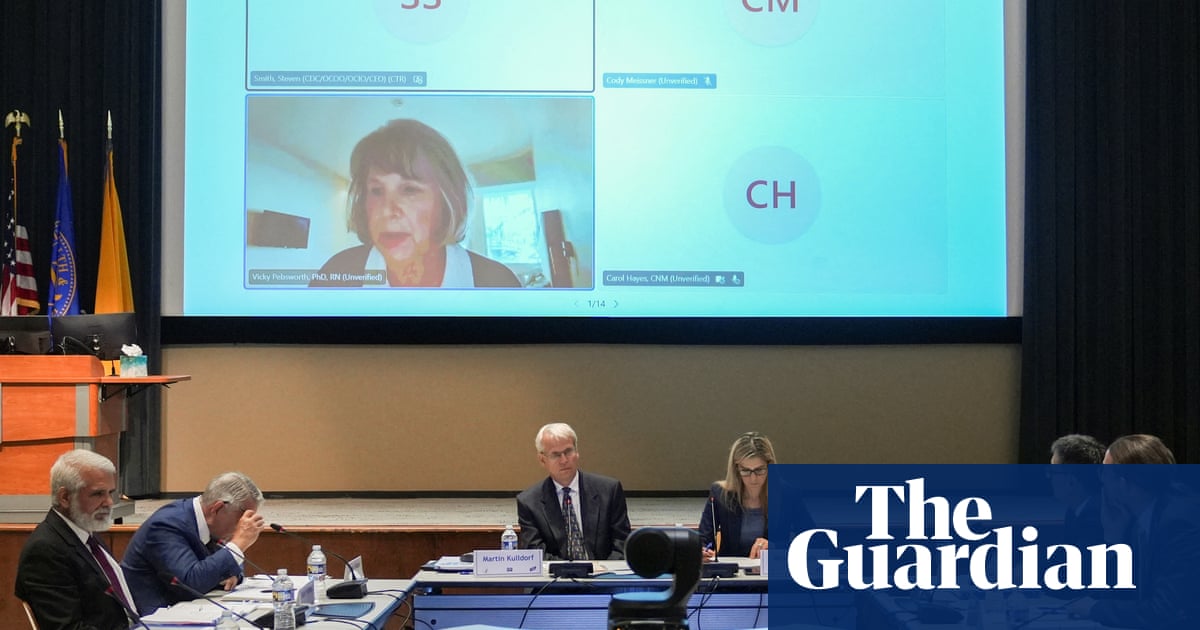Falcon 9 Successfully Launches European Weather and Pollution Satellite

WASHINGTON — In a significant advancement for European meteorological and environmental monitoring, a Falcon 9 rocket successfully launched a satellite on July 1. This satellite is set to perform a dual mission: collecting vital weather data and monitoring atmospheric pollution.
The launch, which took place from Cape Canaveral Space Force Station in Florida, marks another successful mission for SpaceX’s Falcon 9, known for its reliability and cost-effectiveness. The satellite, developed by the European Space Agency (ESA), aims to enhance weather forecasting accuracy and provide crucial data on air quality across the continent.
Dual Mission: Weather Data and Pollution Monitoring
The satellite, equipped with advanced sensors, will orbit the Earth, gathering data that will improve weather prediction models. Additionally, it will monitor pollutants in the atmosphere, providing critical information to environmental agencies and policymakers.
According to the ESA, this mission is part of a broader initiative to address climate change and environmental degradation. The satellite’s ability to track air quality will help identify pollution sources and assess the effectiveness of regulations aimed at reducing emissions.
Technological Innovations and Collaborations
This mission highlights the growing collaboration between SpaceX and European space agencies. The Falcon 9 rocket, known for its reusability, has become a preferred choice for many international satellite launches due to its cost efficiency and reliability.
Dr. Hans Müller, a lead scientist with the ESA, stated,
“The data from this satellite will be invaluable for both meteorologists and environmental scientists. It represents a significant step forward in our ability to understand and combat climate change.”
Historical Context and Future Implications
Historically, satellite launches have been pivotal in advancing our understanding of Earth’s systems. The first weather satellite, TIROS-1, launched in 1960, revolutionized meteorology. Today’s launch continues this legacy by integrating environmental monitoring into the mission’s core objectives.
The implications of this mission are vast. As climate change continues to pose global challenges, the ability to accurately monitor and model atmospheric conditions is more critical than ever. The data collected will not only aid in immediate weather forecasting but also contribute to long-term climate models.
Looking Ahead: The Role of Space Technology in Environmental Monitoring
As nations worldwide grapple with the impacts of climate change, the role of space technology in environmental monitoring is becoming increasingly prominent. Satellites like the one launched today are essential tools in the global effort to mitigate and adapt to these changes.
Experts believe that continued investment in space-based technologies will be crucial. As Dr. Müller noted,
“The integration of space technology into our environmental strategies is not just beneficial; it’s necessary for a sustainable future.”
Meanwhile, the success of this launch reinforces SpaceX’s position as a leader in the commercial space sector. With plans for more collaborative missions on the horizon, the partnership between SpaceX and international agencies is likely to grow, further advancing our capabilities in space exploration and Earth observation.
In conclusion, the successful launch of the European weather and pollution monitoring satellite by Falcon 9 is a testament to the power of international collaboration and technological innovation. As the satellite begins its mission, the data it collects will be instrumental in shaping a more sustainable and informed future.






